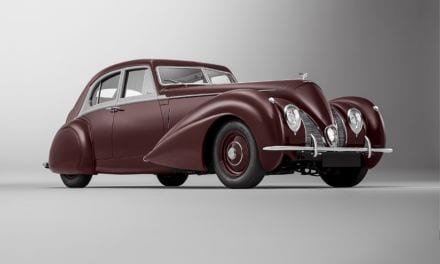There are classic cars, and then there are legendary cars. And standing proudly at the summit of automotive lore are the Bentley Speed Six and its fire-breathing sibling, the Blower. These titans of the 1920s and 1930s didn’t just race—they dominated. Now, thanks to Bentley’s Mulliner division, they’re back to steal hearts and headlines once again, thanks to the Continuation Series.
With the first customer Speed Six Continuation car rolling off the workshop floor, let’s take a ride back in time, delve into the engineering and artistry behind these masterpieces, and see how Bentley is bringing its racing pedigree into the modern era—one hand-stitched leather seat at a time.
Rebirth of a Legend
On November 6, 2024, Bentley unveiled the first customer Speed Six Continuation Series car. This isn’t just another fancy machine for billionaires to park in their garages—it’s the first brand-new Speed Six built since 1930. Let that sink in. Almost a century has passed since this iconic car dominated the racing world, yet here we are, with a gleaming example ready to be shipped to the USA.
This particular model belongs to John Breslow, a Bentley enthusiast with a taste for vintage speed. Breslow, who also owns a Blower Continuation car, has clearly cornered the market on “cars Jay Gatsby would drool over.” Painted in Parsons Napier Green with a black-painted chassis, the Speed Six is as visually striking as it is historically significant.
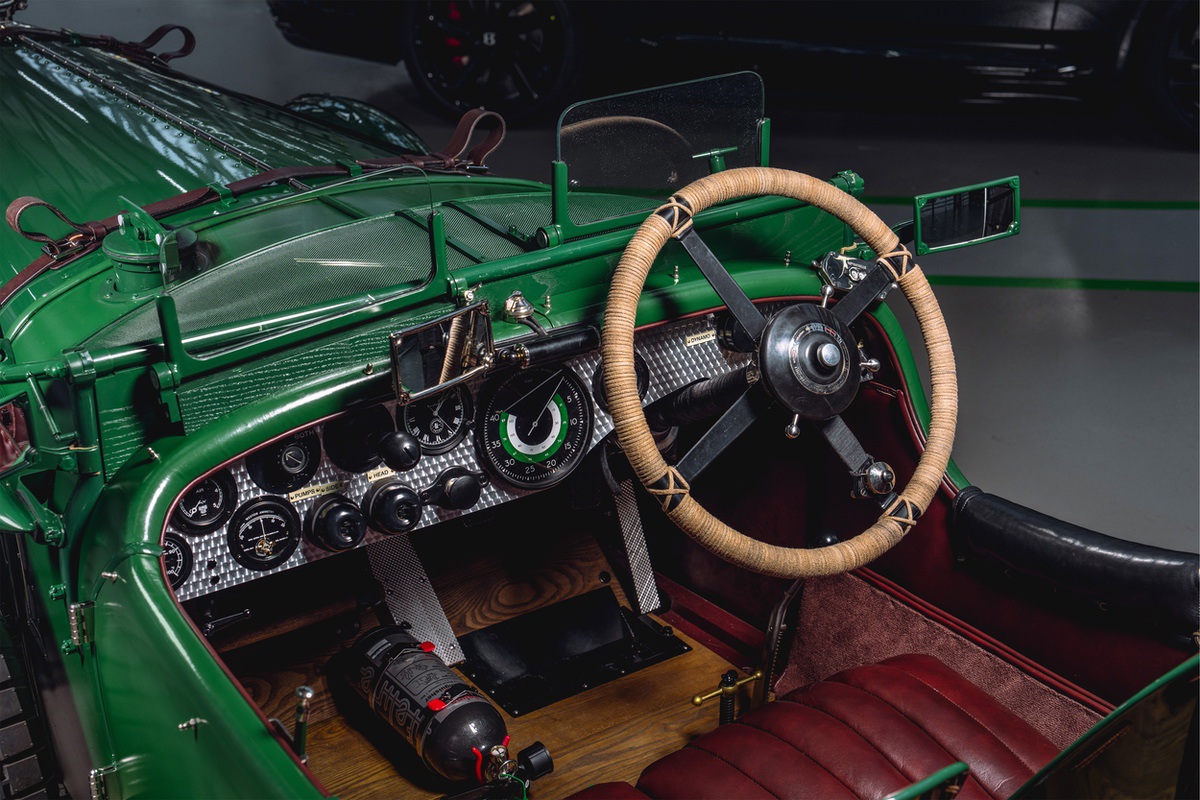
Craftsmanship That Defies Time
Creating a Continuation Series car isn’t like building your average luxury sedan. Each Speed Six takes eight painstaking months to construct, and Mulliner’s team of master craftsmen spares no effort in ensuring every detail matches the original.
Imagine this: a team of artisans hunched over blueprints from the 1920s, recreating every panel, gauge, and switch with obsessive accuracy. The chrome-finished headlamps? Perfect replicas of the originals, complete with protective mesh. The leather interior, trimmed in a rich Rust hue, feels like slipping into a vintage Chesterfield armchair. Even the engine—Bentley’s mighty 6½-litre powerplant—has been recreated from scratch, down to the casting of a brand-new engine block.
And the best part? These aren’t modern interpretations. Mulliner resisted the temptation to slap on modern tech like ABS or Bluetooth. The Speed Six Continuation cars are pure, unadulterated 1930s glory, built using period-correct techniques and materials.
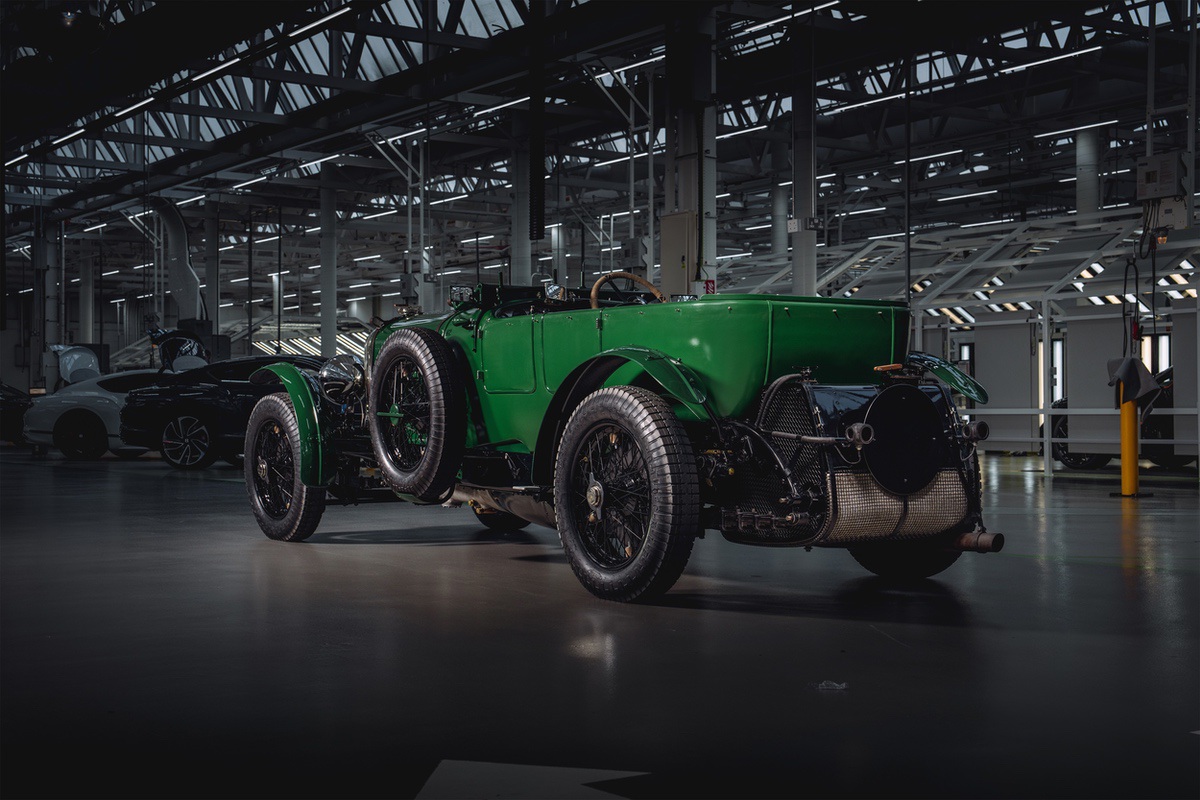
The Speed Six vs. The Blower: A Tale of Two Titans
Bentley’s pre-war racing dynasty was defined by two cars: the Speed Six and the Blower. While they shared the same DNA, their personalities couldn’t be more different.
The Speed Six was the dependable champion, winning Le Mans twice in a row (1929 and 1930) thanks to its powerful yet reliable engine. It was the tortoise that consistently outpaced the hares, or in this case, the Mercedes.
The Blower, on the other hand, was Bentley’s rebellious child—a supercharged rocket that prioritized speed over reliability. Sir Henry “Tim” Birkin, one of the famous “Bentley Boys,” pushed for its creation despite W.O. Bentley’s reservations. The result? A car so fast it made competitors sweat—but it had an unfortunate habit of breaking down.
Today, both models are being celebrated in Bentley’s Continuation Series. The Speed Six is the smooth, suave James Bond of the pair, while the Blower is more like Indiana Jones—scrappy, thrilling, and just a little bit dangerous.
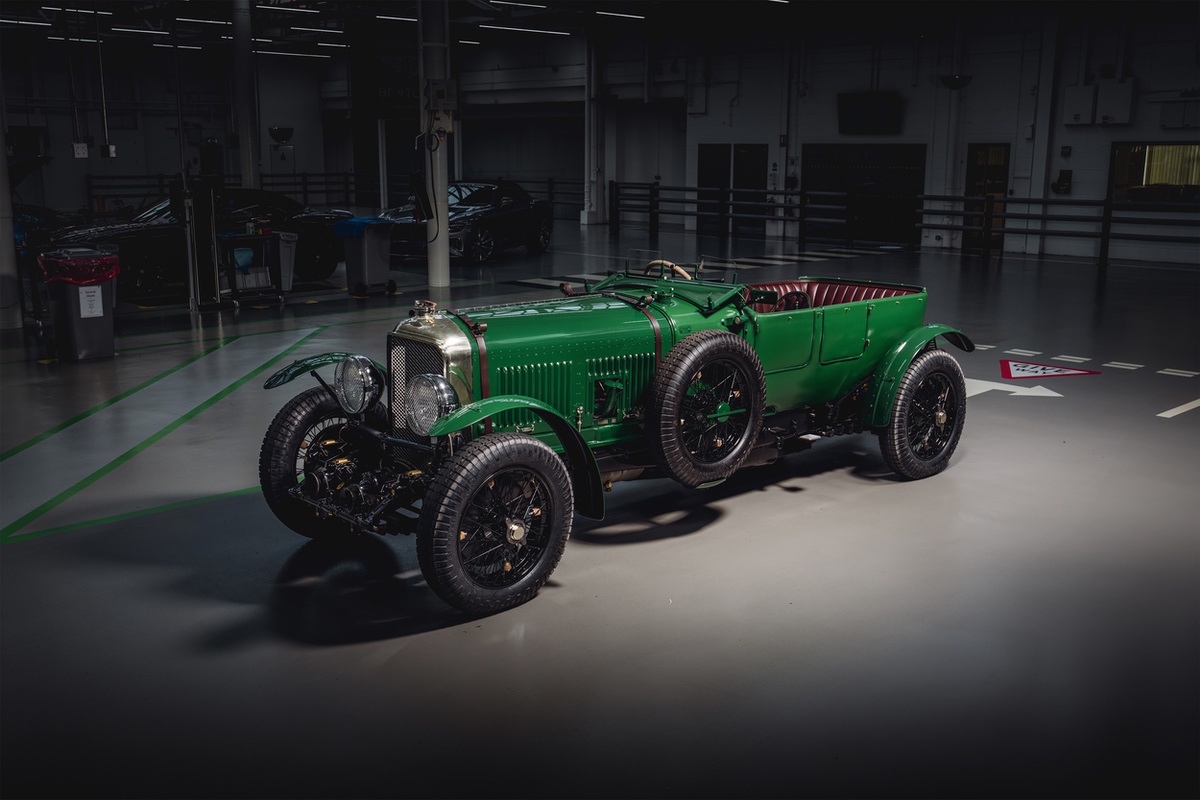
Recreating the 6½-Litre Beast
The heart of the Speed Six is its iconic 6½-litre straight-six engine, which originally produced 200 bhp—a staggering figure for its time. Mulliner’s engineers didn’t just rebuild this engine; they resurrected it, ensuring every detail matched the original design. The Continuation Series version even boasts an extra 5 bhp, clocking in at 205.
To achieve this, Mulliner had to fabricate over 600 new parts. From casting a new engine block to fine-tuning the carburetors, the process was as much art as science. Modern materials could have boosted performance significantly, but Bentley chose to remain true to the car’s original spirit.
Driving the Speed Six Continuation car is like stepping into a time machine. The engine roars to life with a mechanical symphony that’s equal parts elegance and aggression. It’s the kind of car that makes you want to don a leather cap and goggles while muttering, “Tally-ho!”
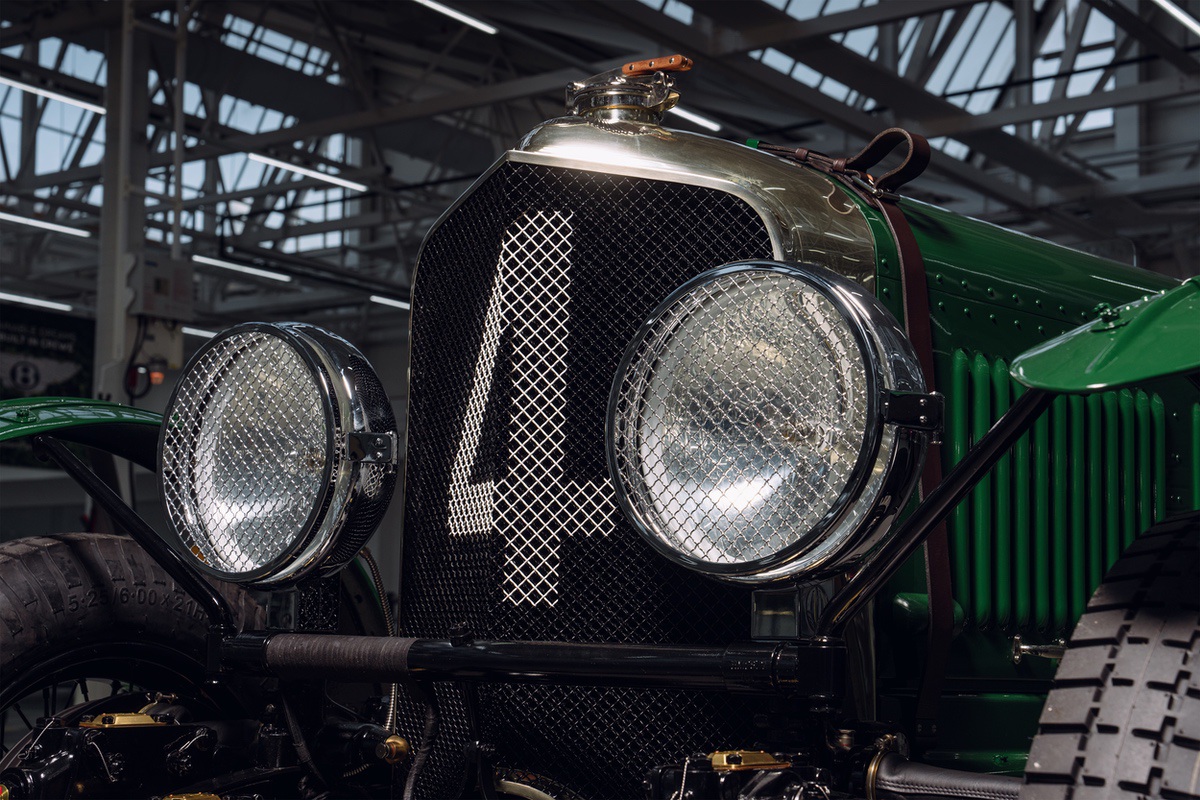
The Blower Makes History at Portimão
While the Speed Six takes center stage, the Blower has been busy proving its mettle. Earlier this year, one of the Blower Continuation Series cars entered the “Benjafield’s 24,” a 24-hour endurance race held at the Algarve International Circuit in Portimão.
Picture this: 25 vintage Bentleys thundering around the track, their engines growling in unison as they tackle corners that modern cars would breeze through. The event, hosted by the Benjafield Racing Club, celebrated Bentley’s first Le Mans win in 1924.
For the Blower Continuation car, this was more than just a race—it was a proving ground. Against all odds, the factory-built Blower completed the event, marking the first time in history that a Blower had finished a 24-hour race. It was a moment of triumph, both for the car’s owner and for Mulliner’s engineers.
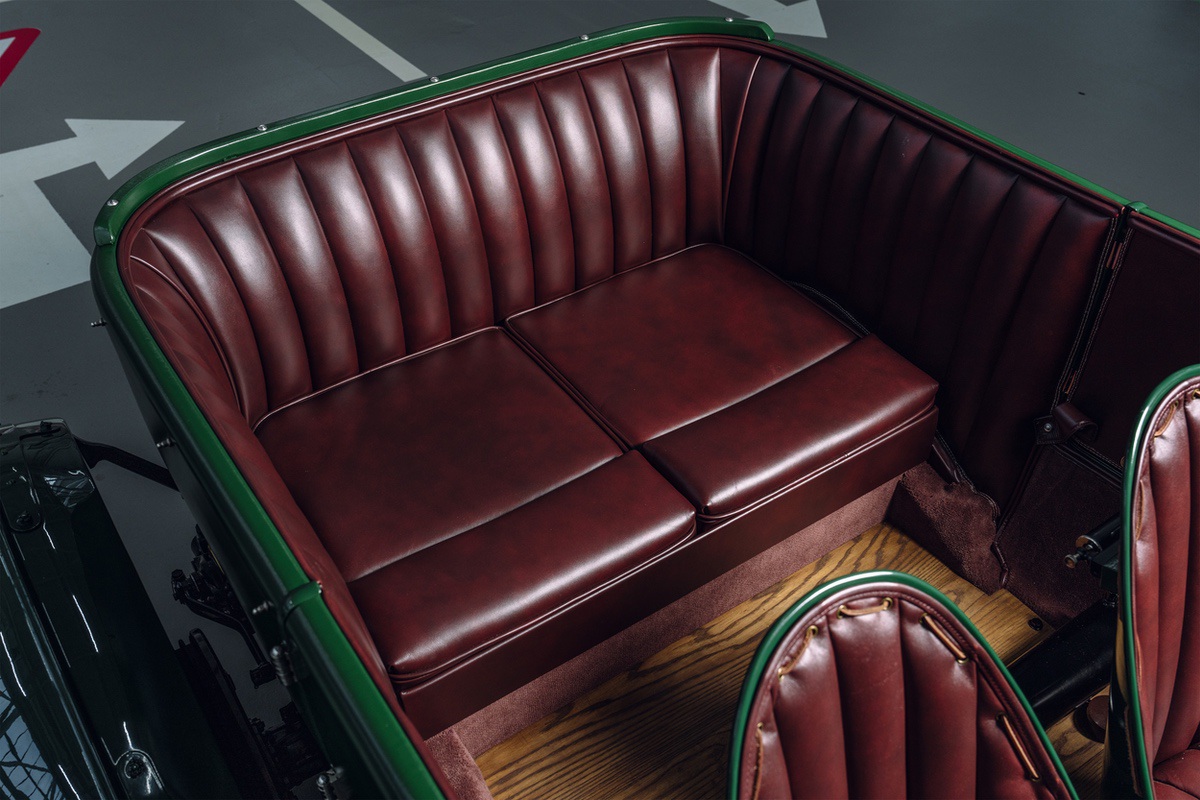
The Bigger Picture: Continuation Cars and Modern Collectors
Why are continuation cars like the Speed Six and Blower so important? For starters, they’re not just vehicles—they’re rolling pieces of history. Owning one is like owning a Rembrandt or a Stradivarius, except you can drive it (though we wouldn’t recommend taking it to the grocery store).
For collectors, these cars are a bridge to the past. They offer the thrill of vintage motoring without the headaches of maintaining a century-old machine. Plus, they’re exclusive—Bentley is only making 12 Speed Six Continuation cars, and you can bet each one has been snapped up faster than you can say “Parsons Napier Green.”
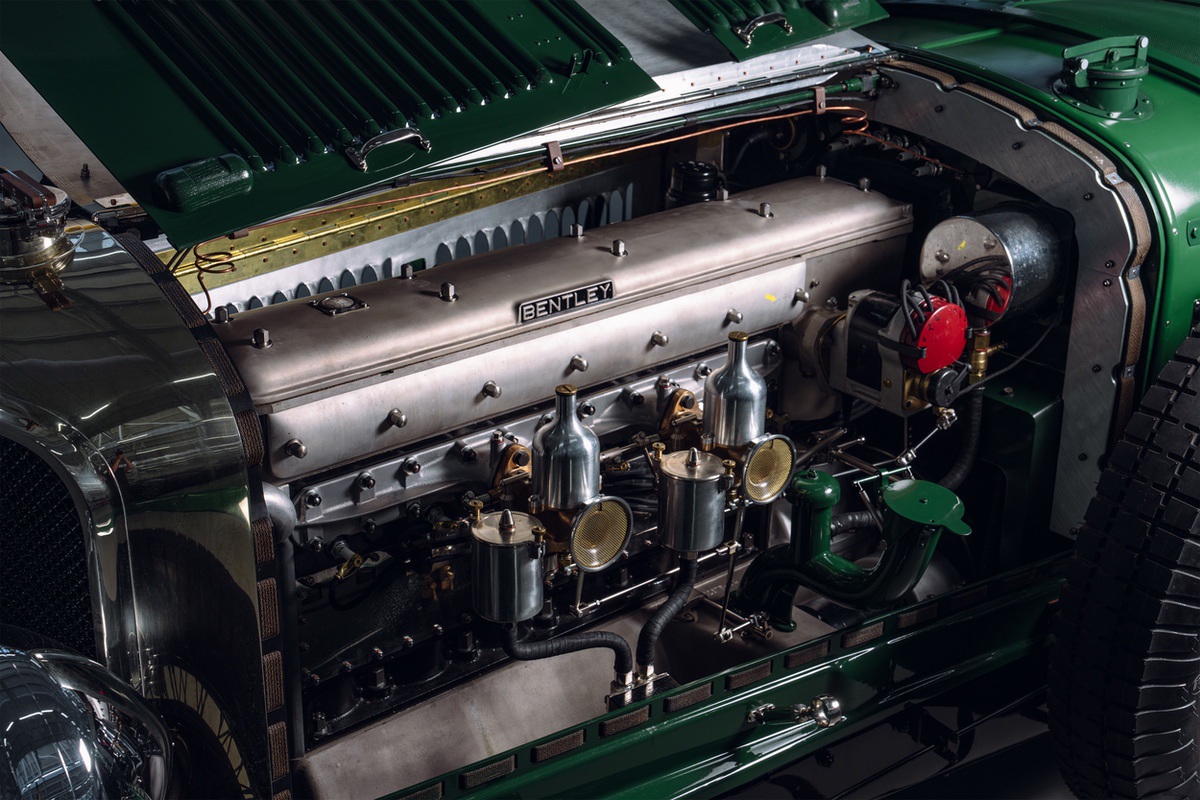
Crafting a Legacy at Mulliner
Mulliner isn’t just a coachbuilding division; it’s a time capsule of craftsmanship. Walking into the workshop is like stepping into an artisan’s atelier, where every tool and material has a story.
From hand-forming aluminum body panels to stitching leather interiors, Mulliner’s team of craftsmen and women are the unsung heroes of the Continuation Series. Their work isn’t just about precision—it’s about passion. Every stitch, rivet, and curve is a tribute to Bentley’s storied past.
Conclusion: A Celebration of Timeless Excellence
The Bentley Speed Six and Blower Continuation Series aren’t just cars; they’re symbols of an era when motoring was raw, thrilling, and gloriously mechanical. By bringing these legends back to life, Bentley has given enthusiasts a rare gift—the chance to experience the golden age of racing in all its unfiltered glory.
Whether you’re lucky enough to own one or simply admire them from afar, these cars remind us of what makes Bentley special: a relentless pursuit of excellence, a respect for tradition, and a flair for the extraordinary.
So, here’s to the Speed Six and Blower—two titans of the past, reborn for a new generation. Long may they roar.
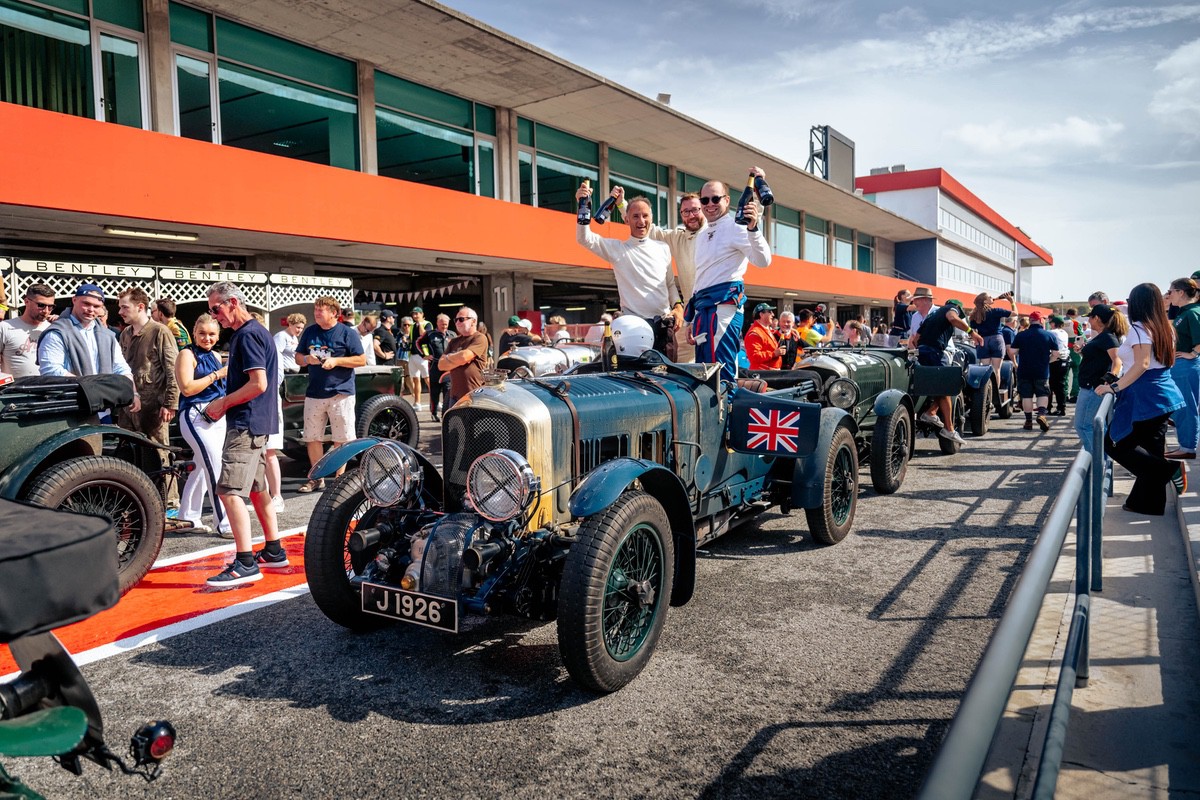
Photos Credit: Bentley

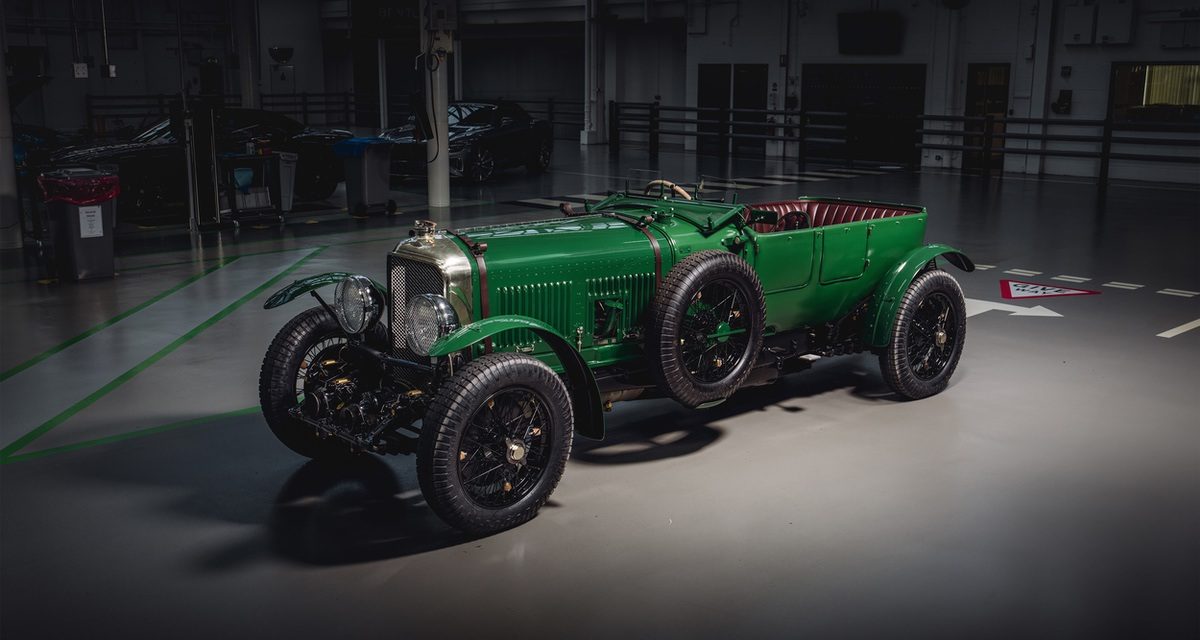

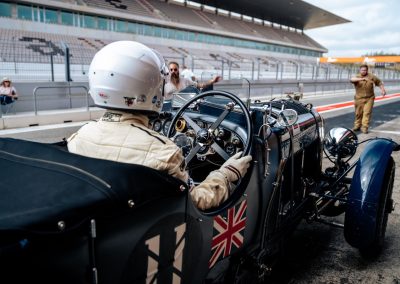
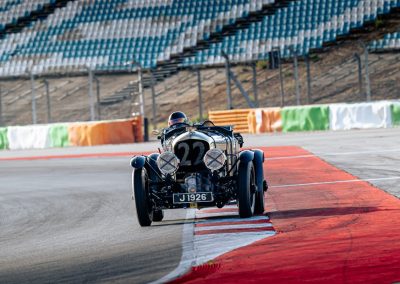
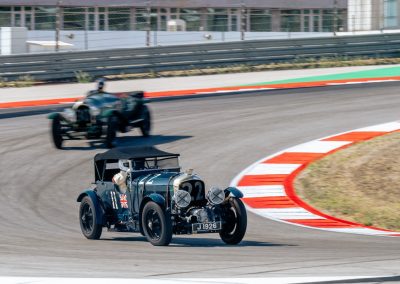
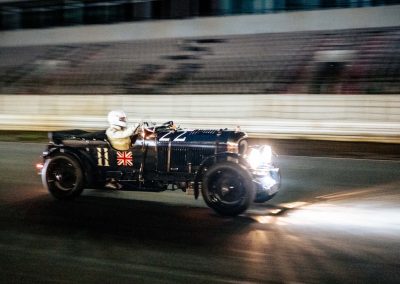
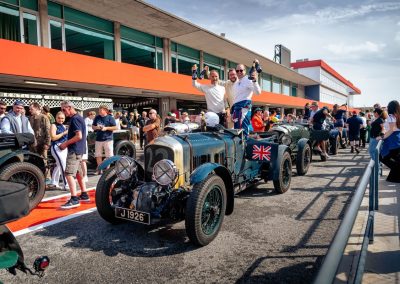
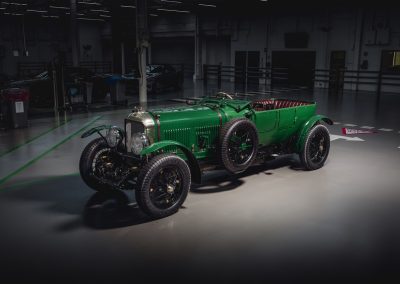
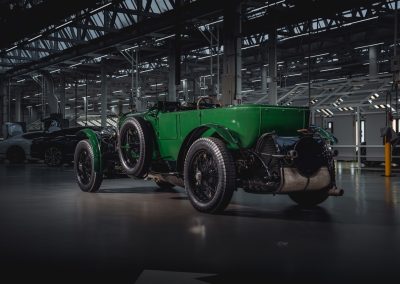
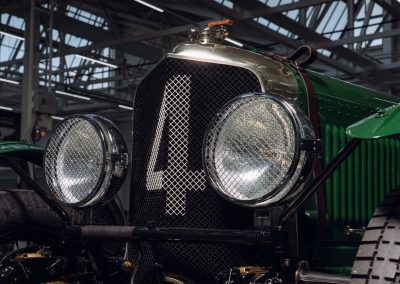
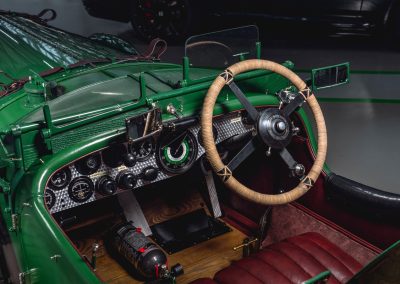
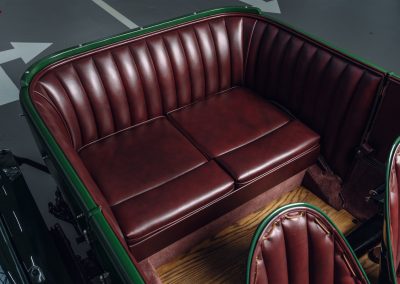
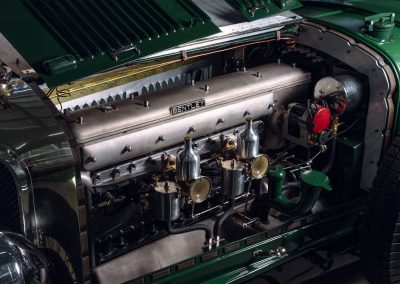
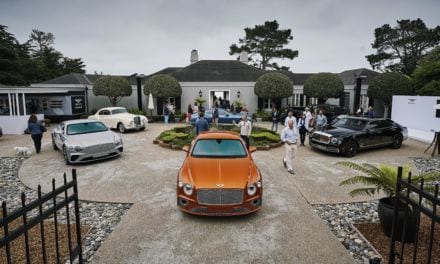

![Supercar News Compilation: Bentley, Aston Martin, Ferrari SF90, & Ferrari 250 GTO! [Weekly Show]](https://www.supercartribe.com/wp-content/uploads/2020/06/Supercar-News-Compilation-250-GTO-Cover.jpeg)
